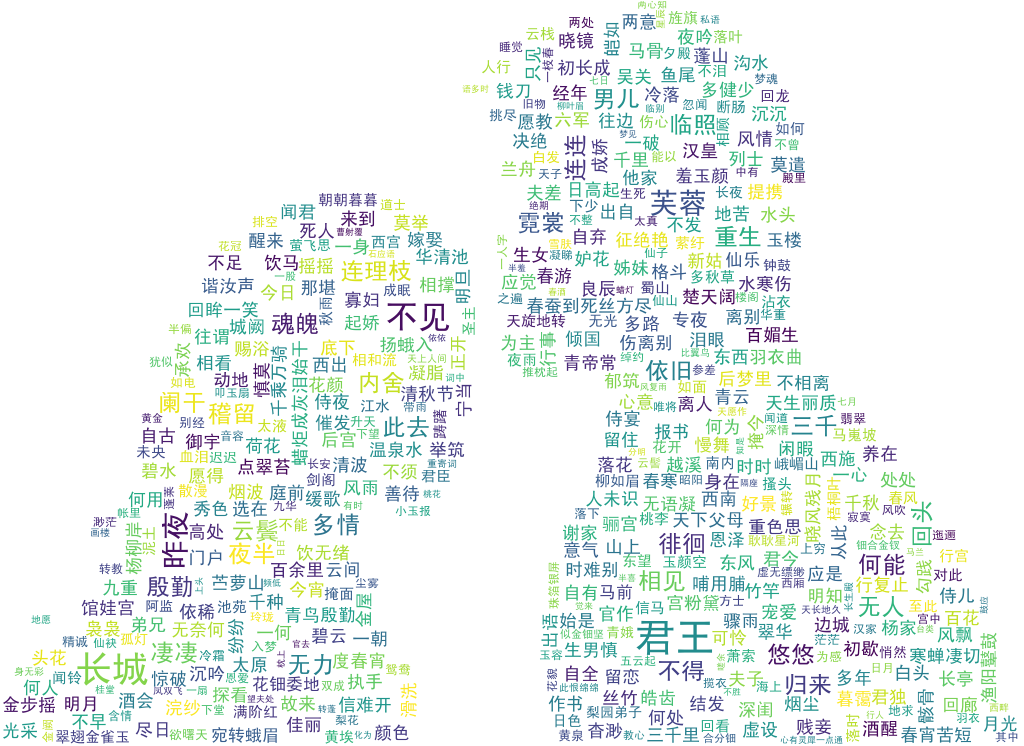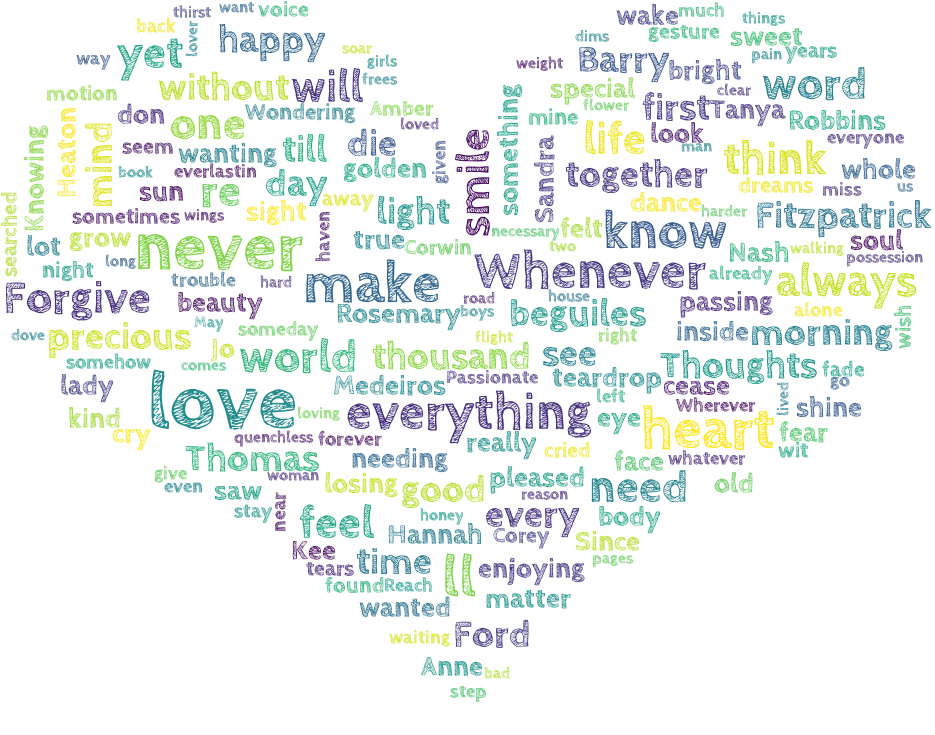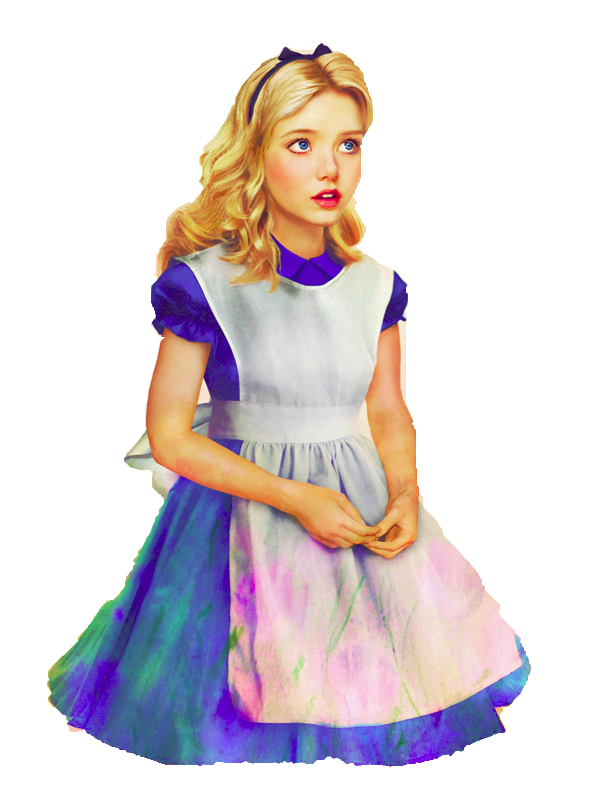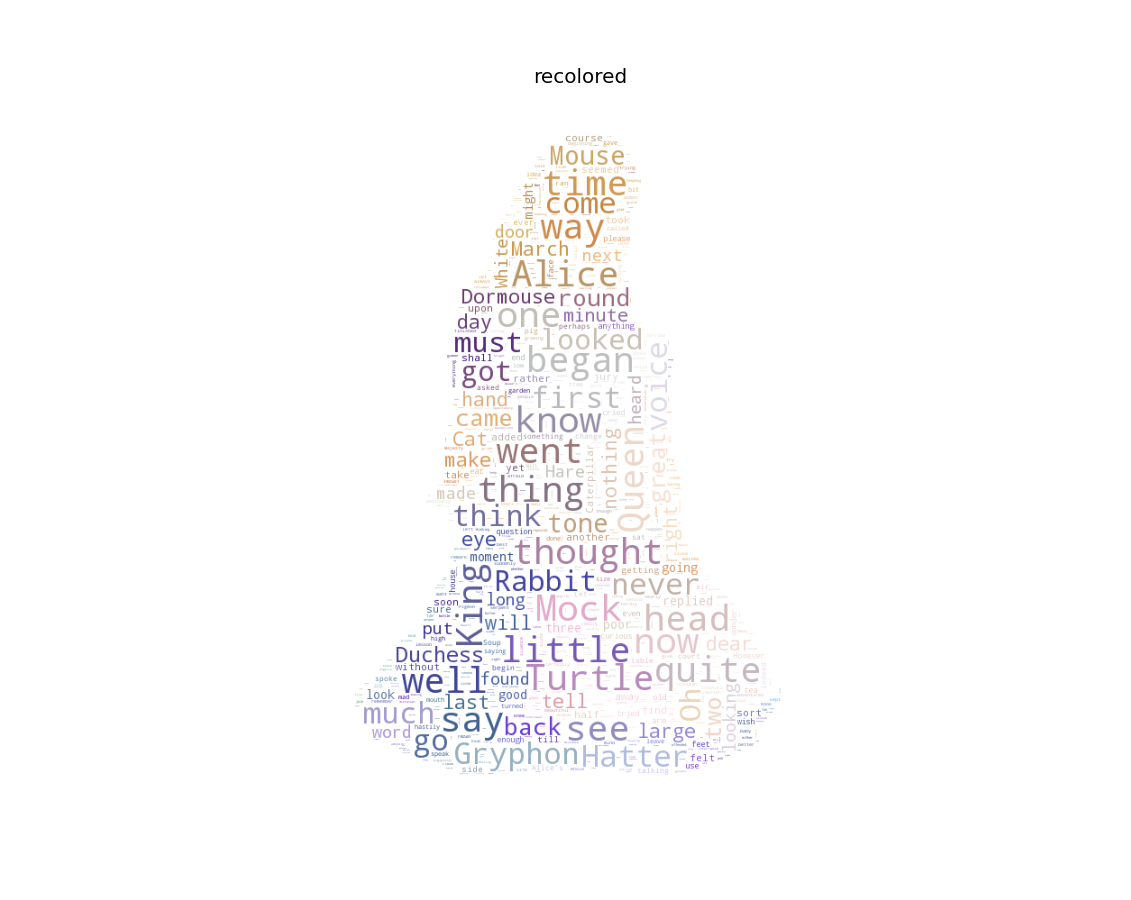python实战===老司机奇技淫巧系列之字符转换成图片
先放两张效果图:

还有这个:


是不是立马逼格满满~
这里用到的是一个有趣的模块,叫wordcloud:
github: https://github.com/amueller/word_cloud
官网: https://amueller.github.io/word_cloud/
*建议自行通过下载setup.py的方式安装,pip install 不一定能下载成功。
打开,并下载: https://github.com/amueller/word_cloud/archive/master.zip
然后 python setup.py install
安装其它依赖的模块:
必须安装第一步安装numpy: https://pypi.python.org/pypi/numpy
scipy: https://pypi.python.org/pypi/scipy
jieba: https://pypi.python.org/pypi/jieba/
下载whl文件,然后 pip install XXXX.whl
如果出现错误,请参考https://www.cnblogs.com/nice-forever/p/5371906.html
分享一下源码:
#coding:utf-8
#author http://blog.csdn.net/fyuanfena/article/details/52038984
from os import path from scipy.misc import imread import matplotlib.pyplot as plt import jieba from wordcloud import WordCloud, STOPWORDS, ImageColorGenerator stopwords = {} def importStopword(filename=''): global stopwords f = open(filename, 'r', encoding='utf-8') line = f.readline().rstrip() while line: stopwords.setdefault(line, 0) stopwords[line] = 1 line = f.readline().rstrip() f.close() def processChinese(text): seg_generator = jieba.cut(text) # 使用jieba分词,也可以不使用 seg_list = [i for i in seg_generator if i not in stopwords] seg_list = [i for i in seg_list if i != u' '] seg_list = r' '.join(seg_list) return seg_list importStopword(filename='./stopwords.txt') # 获取当前文件路径 # __file__ 为当前文件, 在ide中运行此行会报错,可改为 # d = path.dirname('.') d = path.dirname(__file__) text = open(path.join(d, u'love.txt'),encoding ='utf-8').read() #如果是中文 text = processChinese(text)#中文不好分词,使用Jieba分词进行 # read the mask / color image # 设置背景图片 back_coloring = imread(path.join(d, "./image/love.jpg")) wc = WordCloud( font_path='./font/cabin-sketch.bold.ttf ', #设置字体 要是使用汉字就用simhei.ttf background_color="white", #背景颜色 max_words=1000,# 词云显示的最大词数 mask=back_coloring,#设置背景图片 max_font_size=80, #字体最大值 random_state=10, #42 ) # 生成词云, 可以用generate输入全部文本(中文不好分词),也可以我们计算好词频后使用generate_from_frequencies函数 wc.generate(text) # wc.generate_from_frequencies(txt_freq) # txt_freq例子为[('词a', 100),('词b', 90),('词c', 80)] # 从背景图片生成颜色值 image_colors = ImageColorGenerator(back_coloring) plt.figure() # 以下代码显示图片 plt.imshow(wc) plt.axis("off") plt.show() # 绘制词云 # 保存图片 wc.to_file(path.join(d, "名1称.png"))
官方的samplecode给出的效果图示例:
#!/usr/bin/env python """ Image-colored wordcloud ======================= You can color a word-cloud by using an image-based coloring strategy implemented in ImageColorGenerator. It uses the average color of the region occupied by the word in a source image. You can combine this with masking - pure-white will be interpreted as 'don't occupy' by the WordCloud object when passed as mask. If you want white as a legal color, you can just pass a different image to "mask", but make sure the image shapes line up. """ from os import path from PIL import Image import numpy as np import matplotlib.pyplot as plt from wordcloud import WordCloud, STOPWORDS, ImageColorGenerator d = path.dirname(__file__) # Read the whole text. text = open(path.join(d, 'alice.txt')).read() # read the mask / color image taken from # http://jirkavinse.deviantart.com/art/quot-Real-Life-quot-Alice-282261010 alice_coloring = np.array(Image.open(path.join(d, "alice_color.png"))) stopwords = set(STOPWORDS) stopwords.add("said") wc = WordCloud(background_color="white", max_words=2000, mask=alice_coloring, stopwords=stopwords, max_font_size=40, random_state=42) # generate word cloud wc.generate(text) # create coloring from image image_colors = ImageColorGenerator(alice_coloring) # show plt.imshow(wc, interpolation="bilinear")plt.axis("off") plt.figure() # recolor wordcloud and show # we could also give color_func=image_colors directly in the constructor plt.imshow(wc.recolor(color_func=image_colors), interpolation="bilinear") plt.axis("off") plt.figure() plt.imshow(alice_coloring, cmap=plt.cm.gray, interpolation="bilinear") plt.axis("off") plt.show()


最后感谢 http://blog.csdn.net/fyuanfena/article/details/52038984
和ta的项目源码:https://github.com/fyuanfen/wordcloud
顺便提一下
如果你也喜欢Python 这里有一群Python爱好者汇集在此。
关注微信公众号:【软件测试技术】,回复 888,获取QQ群号。



